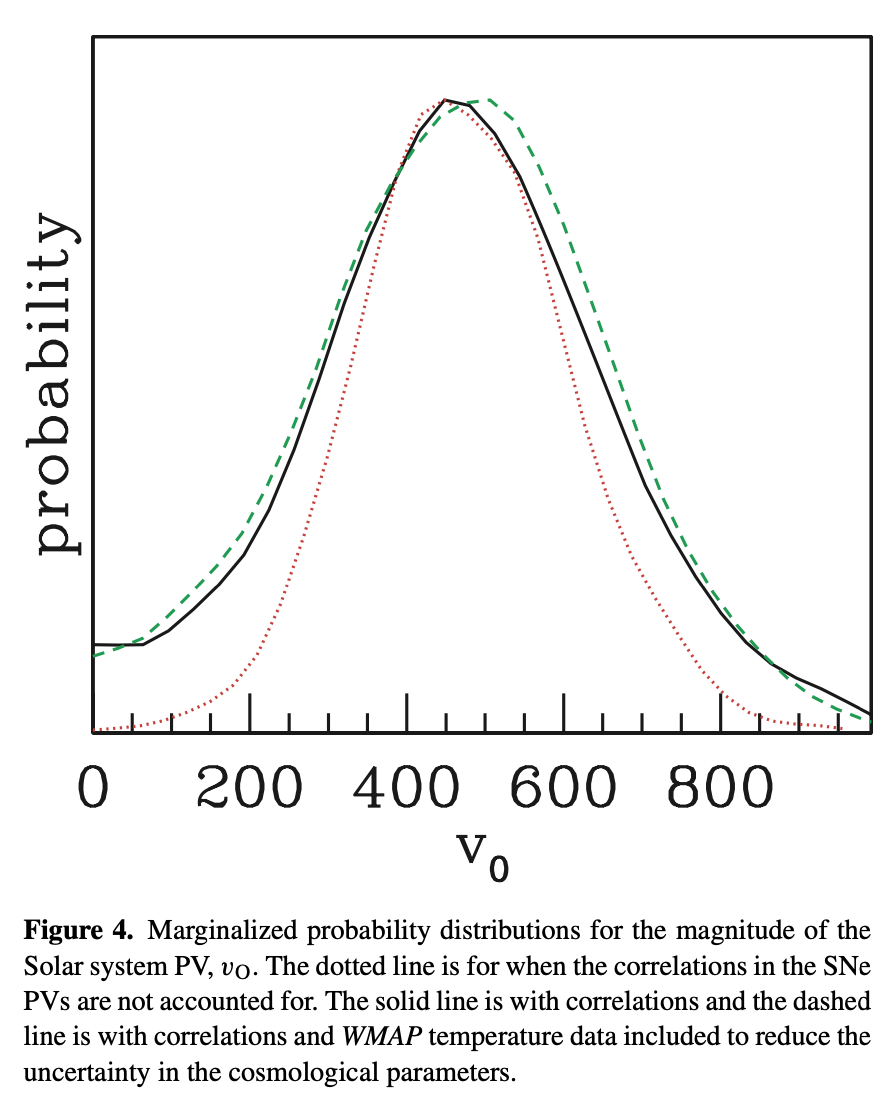On the gravitational nature of time
A novel model of relativity is presented in which
More than a dozen experiments have been carried out to seemingly confirm the dilation of time, but in truth these experiments simply demonstrate the additional factor of
Finally, derivations are given for both kinematic and cosmological velocities, each giving a result within 0.5% of the obserational mean.
Classical Synchronicity
Let two observers,
We know the solution to this must be
Of course a fundamental piece of the relativistic puzzle is the notion that all motion is only relative, but this is not how it is represented mathematically. Instead, we carve out a special case for gravity, treating the equivalence principle in many ways as being analogous to the motion of space. It is entirely inadequate and nonsensical to claim that an observer who's kinetic state remains unchanged should be subject to the time dilation of
The only mathematical solution to this fundamental equality,
The equivalence principle
As this model proposes the dilation of space with relative motion, we might attempt to ascertain the velocity required to produce our local gravitational parameters. Let us first consider the geometry inherent to our model of cosmic inflation.
If we use the common blueberry muffin analogy, we should first apply a coordinate system to the 'oven'. As our Universe expands into this larger coordinate system, there should be a single point within the two coordinate systems that does not move relative to the other, barring an motion of the universe relative to this larger coordinate system along any of the 3 spatial dimensions. We shall call that point
From this point it is trivial to derive our velocity, first by solving
We should then define a
If we first differentiate
And then take the average of this integral to obtain a scalar that can be applied in the same manner as
If we then substitute this value into equation 1, we find:
This gives the cosmological velocity since time itself is not included in the equation at all, giving a velocity that essentially rides the inflation. Since the model being proposed attributes the physical expression of time to gravitational acceleration and cosmic inflation, which become the same process as observed from different reference frames, all cosmic inflation is contained within the velocity when using standard candles at distances approaching the age of the Universe.

This value coincides closely with the results found by Gordon et el,1 as well as others that have correlated our velocity relative to the CMB dipole with standard candle observations.
Kinematic Velocity
Let us now consider the role that time plays in this model of relativity. As all of known physics indicates that no 2 bodies can share all 4 coordinates concurrently we must first recognize that time is no longer required to satisfy this property.
As the 4th coordinate commonly attributed to time can now be satisfied by this density axis, time becomes nothing more than a purely mathematical ratio of distances. While this satisfies the property above, we must also reconcile the 4th fundamental derivative. As this dilation of space is a function of motion, we should allow that motion itself occupies this 4th fundamental rate of change.
In a sense, what we've done above is attribute two distinct properties of time to different physical quantities; the driving rate of change as motion, and the temporal coordinate as a position along this density axis.
We can then very simply define a 'time equivalent' quantity as:
Equation 5 represents two integrals of displacement. The denominator indicates the change in displacement integrated over a single unit of time, giving a measure of length equivalent to the velocity in the same units, while the subscript
We should then define a dilation of space that contains this spatial dilation relative to
By integrating
This value aligns closely with direct observation, falling within 0.5% of measurement in a scenario that would presume a reasonable error due to gravitational turbulence secondary to the same phenomenon applied to other nearby massive bodies.
Time derivative equivalent
Consider that for
This gives
Kinematic velocity from local orbital parameters

Consider the diagram above, in which a body is in tangential motion with respect to the surface of the Earth. As
Expanding this equation gives
Recall from the section above,
This then gives
And then simplifying equation the equation above and solving for
If we then substitute our standard orbital velocity formula for
Discussion
This model satisfies every single experimental confirmation of either SR or GR, and does so without the need to dilate a quantity that we can't directly measure; a quantity that we can't even prove exists as a meaningful physical quantity. By constraining the differences between SR and the model being proposed to such a narrow domain of difference, the model fits incredibly cohesively with established physics. Einstein was insistent on a static Universe early in his career, and because of this missed the obvious conclusion.
This model predicts the lens phenomenon seen in the Bullet Cluster, the lack of gravitational aberration, the Pound-Rebka results and even the following relationship where
What is most intriguing however is the relationship this geometry shares with Maxwell's equations. If this model of spatial dilation holds true,
This model draws some bold conclusions, but it is entirely physically and experimentally sound. While the geometry is difficult to wrap ones mind around, it breaks far less pre-relativistic physics than SR & GR themselves.
Footnotes
-
C. Gordon, K. Land, and A. Slosar, “Determining the motion of the Solar system relative to the cosmic microwave background using Type Ia supernovae,” Monthly Notices of the Royal Astronomical Society 387(1), 371–376 (2008). ↩
-
In units of time as they appear in the traditional notion velocity. ↩